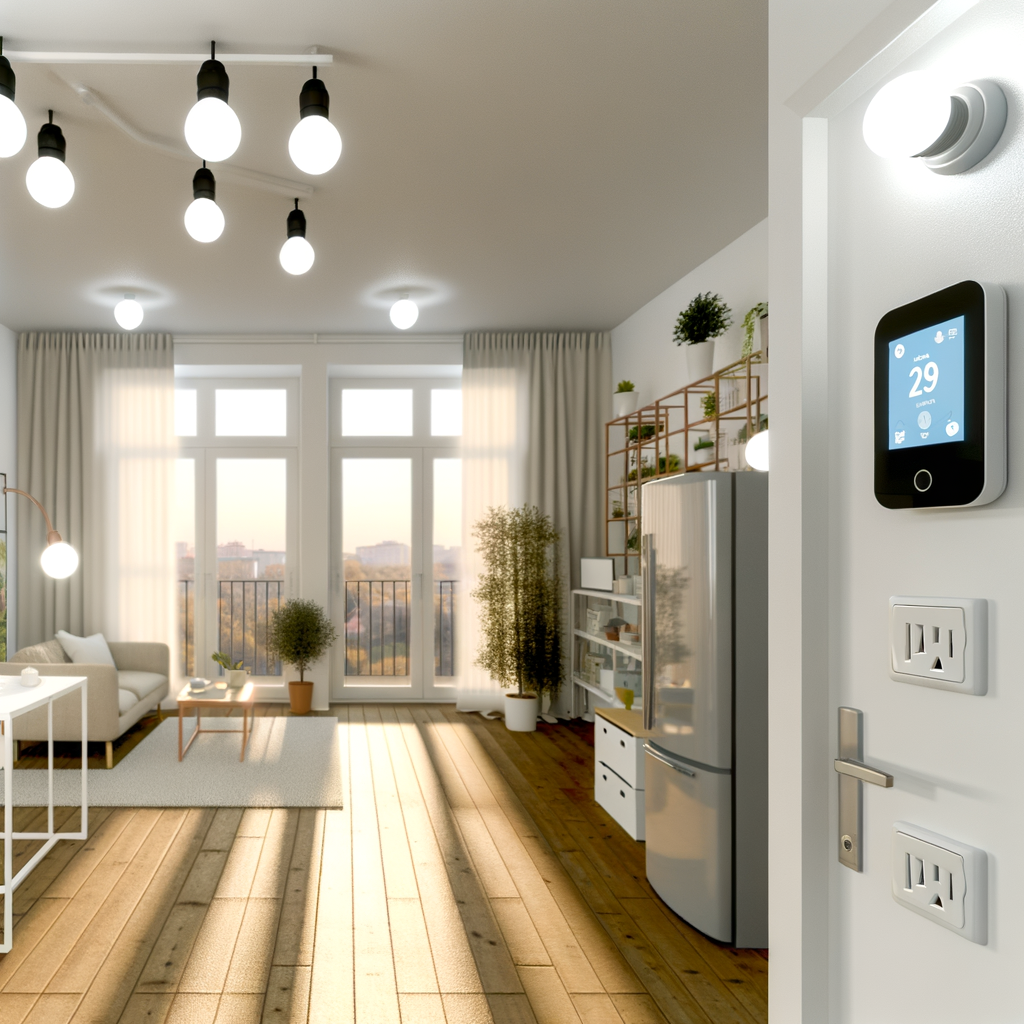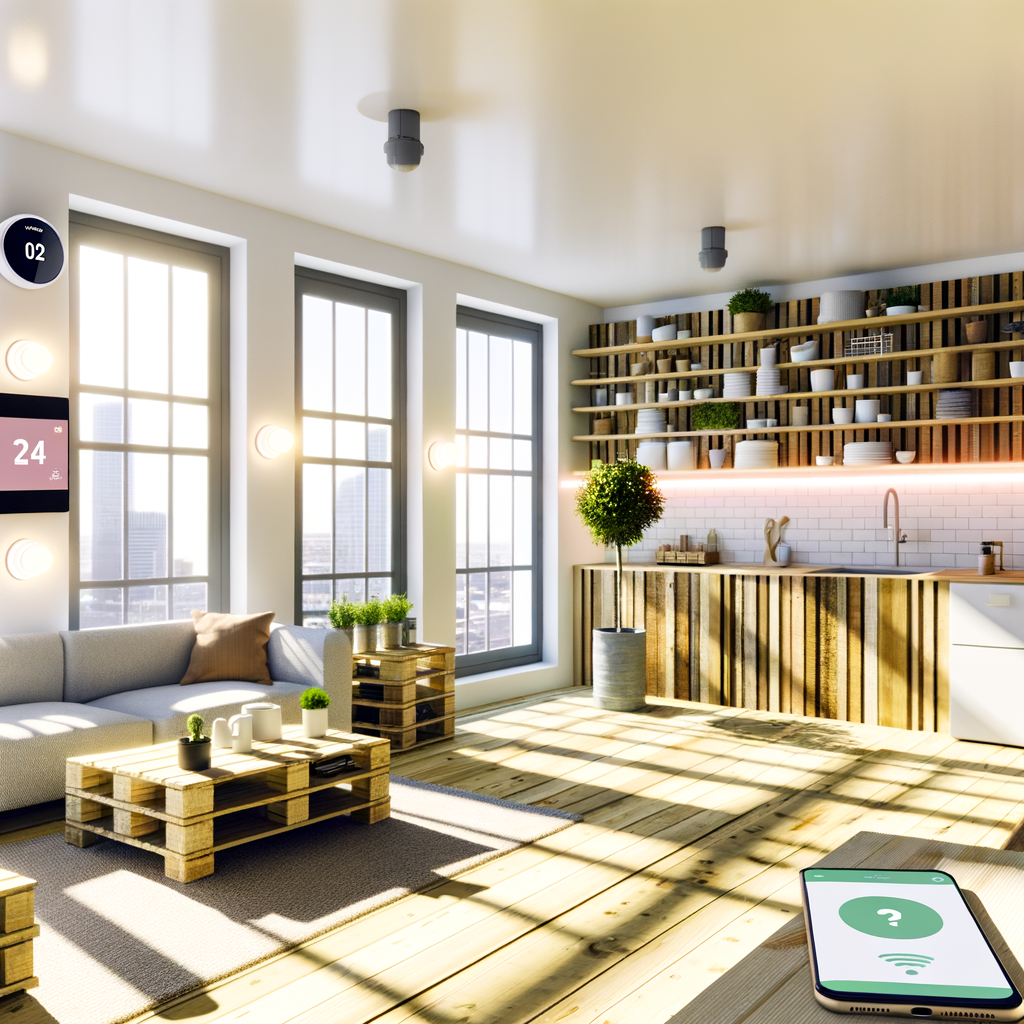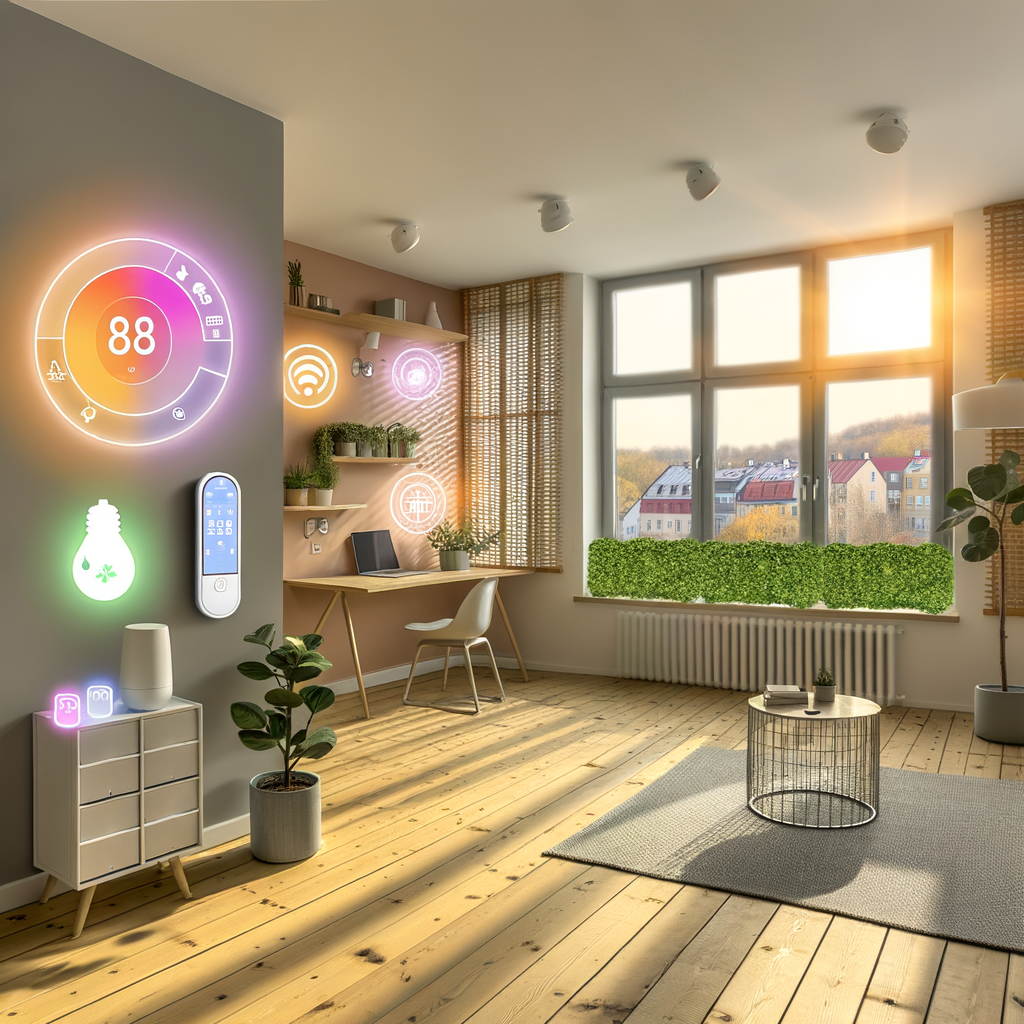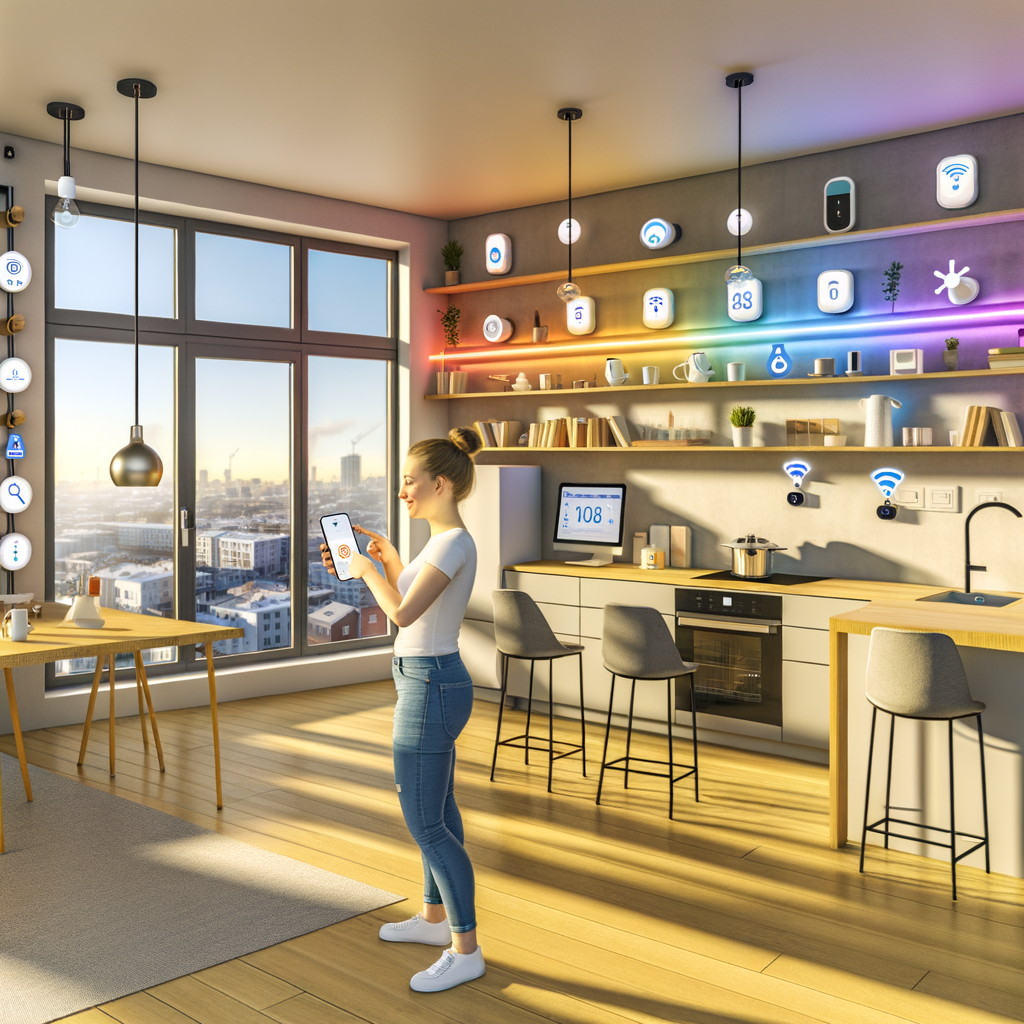How to Create a Smart, Energy-Efficient Home Without Breaking Your Lease: A Renter’s Guide
Dreaming of a smart, energy-efficient home but worried about upsetting your landlord or losing your security deposit? Good news: With today’s technology and a little creativity, you can transform your rented space into a sustainable, money-saving haven—without lasting changes or major investments. Here’s your comprehensive guide to making your rental eco-friendly, smarter, and wallet-friendly, all within lease-friendly boundaries.
Why Bother with Smart, Energy-Efficient Upgrades as a Renter?
Adopting energy-efficient habits and smart technology isn’t just for homeowners. As a renter, you stand to benefit in several important ways:
- Lower utility bills: Save money each month on electricity, heating, and water.
- Reduce carbon footprint: Make a positive impact on the environment—no property ownership required.
- Enhanced comfort and convenience: Automate daily routines and make your home more enjoyable to live in.
- Portable investments: Most renter-friendly upgrades can move with you to your next home.
Principles for Renter-Friendly Smart and Energy-Efficient Upgrades
- No permanent alterations: Avoid drilling, rewiring, or replacing fixed property features without landlord approval.
- Easy to install (and remove): Focus on products and solutions that are plug-and-play, adhesive, or easily reversible.
- Portable: Opt for upgrades you’ll be able to take with you when your lease ends.
- Landlord/Lease-friendly: Always check your lease for restrictions and communicate with your landlord if in doubt.
Smart Home Devices That Don’t Violate Your Lease
Smart technology not only streamlines your home life but also helps you save energy and money. Here’s how renters can embrace smart home upgrades responsibly:
Smart Plugs and Outlets
- Easy installation: Simply plug them into existing outlets—no wiring or tools required.
- Remote control: Switch off lamps and electronics via smartphone or voice assistant, reducing phantom energy drain.
- Automate schedules: Set devices to turn on/off based on your routines, eliminating wasted energy.
Smart Light Bulbs
- No wiring changes: Replace old bulbs with smart LEDs in your existing fixtures—totally reversible.
- App and voice control: Dim, color change, or schedule lighting remotely.
- Long lifespan and efficiency: LED bulbs use up to 80% less energy than traditional incandescent bulbs.
Smart Thermostats (Plug-in or Non-wired)
- Check compatibility: Many Wi-Fi thermostats require hardwiring, but some models connect wirelessly to portable heaters/ACs or use adhesive mounts.
- Save on climate control: Set schedules and remotely control climate for efficiency.
If you can’t swap out the property’s thermostat, opt for smart thermostatic radiator valves (if on radiators) or plug-in smart controllers for portable HVAC equipment.
Smart Sensors
- Motion/occupancy sensors: Automate lighting, fans, or appliances based on room activity.
- No installation required: Many are battery powered or plug-in, making them easy for renters.
Energy-Efficient Habits and Easy Upgrades for Renters
While smart tech helps, small behavioral shifts and simple hardware switches add up to significant savings.
Switch to Energy-Efficient Lighting
- LED bulbs: Swap all incandescent and CFL bulbs for LEDs.
- Task lighting: Use lamps and focused lights where you need them instead of full-room illumination.
Use Power Strips to Battle Phantom Energy
- Consolidate devices: Plug groups of electronics (computer, TV, game console) into a single power strip.
- Shut off completely: Use the strip’s switch to eliminate standby energy use.
- Smart strips: Choose “smart” or “advanced” strips that auto-cut power to devices in standby mode.
DIY Weatherproofing (Lease-Friendly)
Many rentals suffer from drafty windows and doors, leading to heat/cool loss. Fight back with simple, temporary fixes:
- Removable weatherstripping: Easy to install and peels away at move-out.
- Draft stoppers: Place at the base of doors or windows—no installation needed.
- Thermal curtains: Hang heavy, insulated curtains to reduce heat loss in winter or cool loss in summer. These are hung on existing rods and go with you when you leave.
- Window insulation film: Add temporary plastic film to leaky windows in winter, removed with no residue come spring.
Optimize Appliance Usage
- Run full loads: Only run dishwashers and washing machines when full to save water and energy.
- Air dry: Use dish racks and hanging laundry instead of energy-intensive dryers.
- Adjust fridge/freezer temps: Set your refrigerator to 37°F and freezer to 0°F for best efficiency.
Water-Saving Upgrades
Conserving water also cuts energy use, especially when heating water. Here’s how to do it without new plumbing:
- Low-flow shower heads: Most twist on and off—just save the original and swap back at move-out.
- Faucet aerators: Screw on/off, conserve water on all sinks with zero leak risk.
Smart Home Control for Renters: No Hub Required
You don’t need complex, permanently-installed hubs to enjoy a connected home. Here’s how to maximize compatibility with the least hassle:
- Voice assistants: Devices like Amazon Alexa and Google Home need only an outlet and Wi-Fi—perfect for renters.
- Smartphone apps: Most modern smart devices allow full remote control without a fancy hub, right from your phone.
- Scenes and automations: Set up routines (like “Goodnight” or “Movie Mode”) that adjust lighting, temperature, and electronics with a single tap or phrase.
Communicating With Your Landlord About Upgrades
Renters should always review their lease and, when in doubt, talk to their landlord before making upgrades—even if temporary or reversible. Here’s how to increase your chances:
- Be clear: Share product links and explain that changes are temporary and will not damage the property.
- Offer to revert: Promise (and document) that you’ll return everything to its original state when you vacate.
- Highlight benefits: If upgrades like weatherproofing, LED bulbs, or water-saving devices cut utility costs, landlords may be more willing to approve or even reimburse you.
- Document everything: Take before-and-after photos and keep receipts for any purchases or swaps.
Top Tips for Maximizing Smart, Energy-Efficient Benefits as a Renter
- Start small: Target the worst energy offenders first—old bulbs, leaky windows, always-on electronics.
- Go portable: Focus on devices and solutions that can move with you to your next rental.
- Embrace automation: Use timers, schedules, and smart sensors for “set it and forget it” savings.
- Monitor your usage: Use smart plugs and apps to measure power-hungry devices and target your efforts.
- Share knowledge: Show other renters, roommates, or even your landlord how easy and beneficial these upgrades can be!
Common Mistakes and How to Avoid Them
- Changing wired fixtures without permission:




